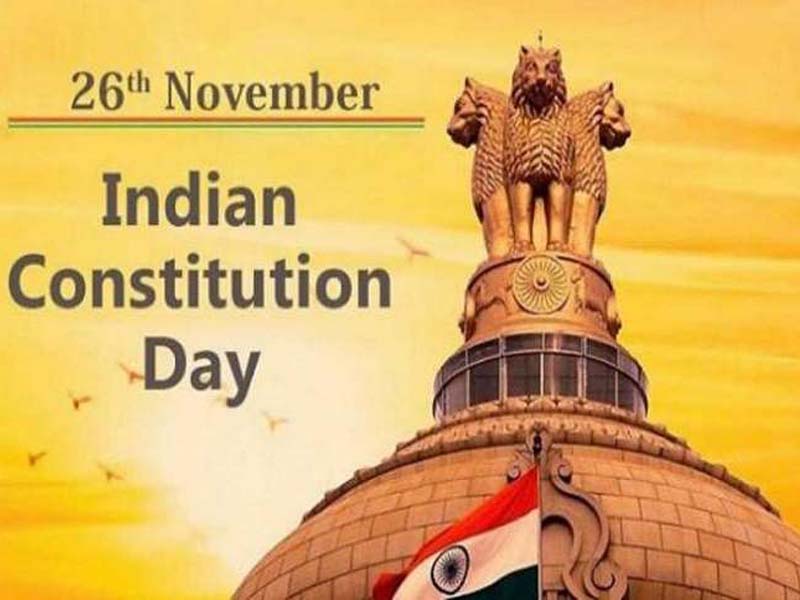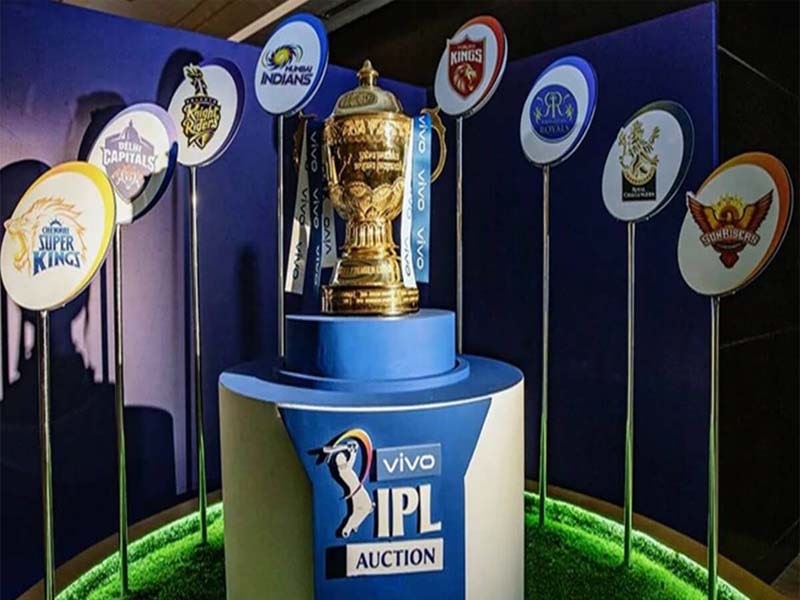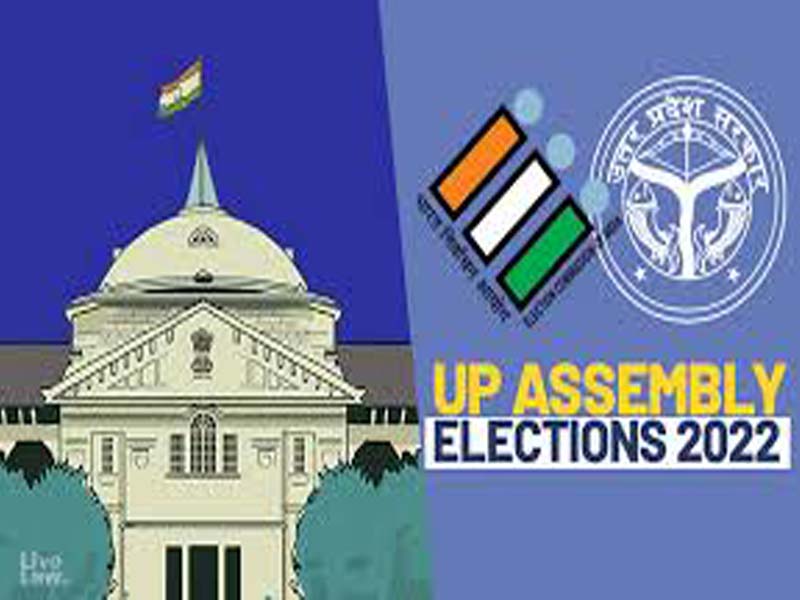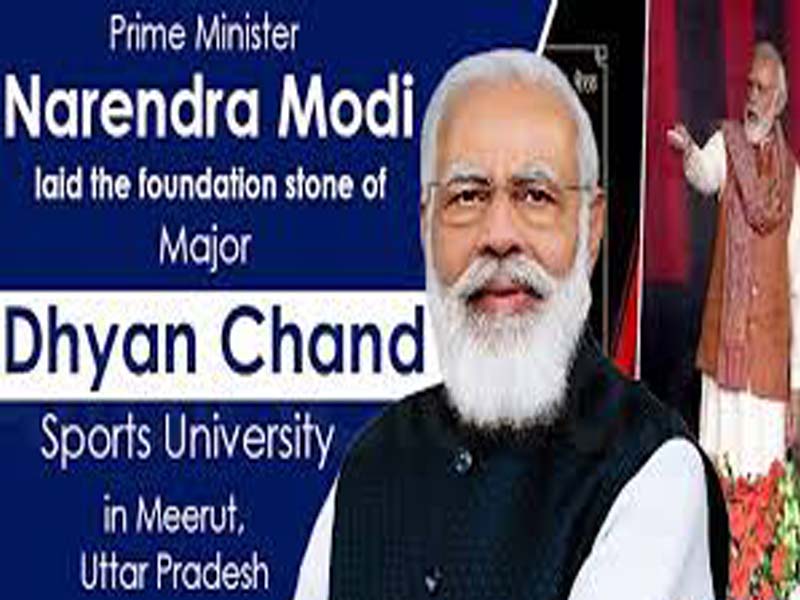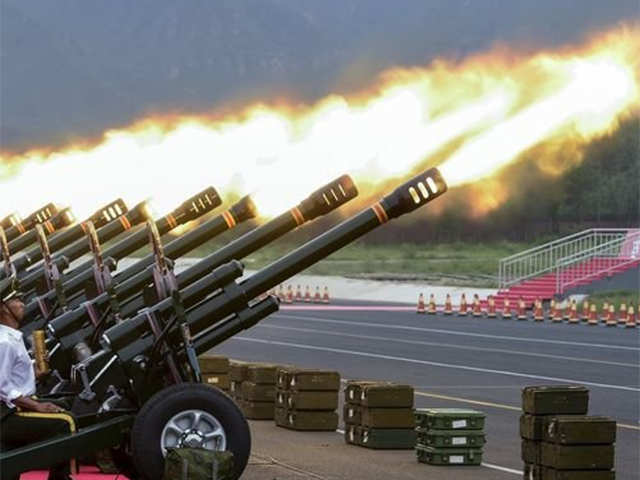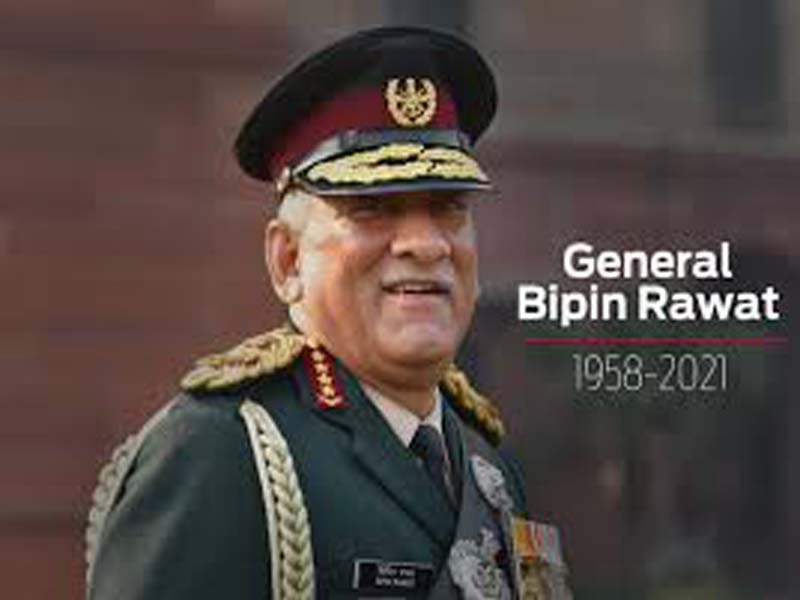Special report on the Constitution Day (26 November)
Making of the Indian Constitution
(ByRakesh Agarwal)
The Constitution of India or Bhartiya Samvidhan is the supreme law of the country. It lays down the framework that demarcates the fundamental political code, structure, procedures, powers, and duties of government institutions and sets out fundamental rights, directive principles, and the duties of citizens. It is the longest written constitution of any country. It was created by a Constituent Assembly on 26 November 1949 and was adopted by its people with a declaration in its preamble. Parliament cannot override the constitution. It replaced the Government of India Act 1935 as the country’s fundamental governing document and the Dominion of India became the Republic of India on 26 January 1950. The framers repealed prior acts of the British parliament in Article 395.
The All Parties Conference convened a meeting in Lucknow in 1928 to prepare the Constitution of India, known as the Nehru Report. From 1947 to 1950, the British government continued to be responsible for the external security of the country. The constitution of India repealed the Indian Independence Act 1947 and the Government of India Act 1935 when it became effective on 26 January 1950. India ceased to be a dominion of the British Crown and became a sovereign democratic republic with its own constitution. Articles 5, 6, 7, 8, 9, 60, 324, 366, 367, 379, 380, 388, 391, 392, 393, and 394 of the constitution came into force on 26 November 1949, and the remaining articles became effective on 26 January 1950. The constitution was drawn from a number of sources. Its framers borrowed features from the Government of India Act 1858, the Indian Councils Acts of 1861, 1892, 1909, and from a few countries as well. The Indian Independence Act 1947 led to the creation of India and Pakistan, The Amendment Act of 1935 empowered both the countries for making the constitution. Each new assembly had the sovereign power to draft and enact a new constitution for itself.
The Constituent Assembly was constituted on 6 December 1946 by the elected members of the provincial assemblies. The 389-member assembly (reduced to 299 after the partition for India) took almost three years to draft the constitution holding eleven sessions over a 165-days period. The first meeting was held on 9 Dember 1949 in the constitution hall (now the Central Hall of the Parliament). Sachchidananda Sinha became temporary president, while J. B. Kripalani was the 1st person to address it. The Muslim League boycotted it demanding a separate state. The Assembly appointed Rajendra Prasad as its president on 11 December 1946. An “Objective Resolution” was presented by Jawaharlal Nehru on 13 December 1946 laying down the underlying principles of the constitution and was unanimously adopted on 22 January 1947. It later became the Preamble of the Constitution. The National Flag was adopted on 22 July 1947. After Independence on 15 August 1947, Dr. B R Ambedkar was appointed Chairman of the Drafting Committee on 29mAugust 1947 along with six other members in the committee. The Constitution of India was passed and adopted by the assembly on 26 November 1949. The last meeting of the Constituent Assembly was held on 24 January 1950 and the Constitution was signed and accepted with 395 Articles, 8 Schedules, and 22 Parts. The Constitution came into force on 26 January 1950. The whole process took 2 years, 11 months, and 18 days at a total expenditure of ₹6.4 million. The Indian constitution is the World’s longest sovereign nation. At about 145,000 words, it is the second-longest active constitution, after the Constitution of Alabama. Today the Constitution has a Preamble, 470 articles, 25 parts, 12 schedules, and 5appendices. It has been amended 104 times; the last being on 25 January 2020.
The original English copy of the Constitution was written by hand in English in a flowing italic style. The Calligraphy of the Hindi version of the Original Constitution was done by Vasant Krishan Vaidya. Calligrapher Prem Behari Narain Raizada was the writer of the English Constitution. 432 pen-holders were used in writing the constitution. ‘303 number’ nibs were used in it, which were imported from Birmingham, England. The nibs were inserted into the holder and then ink was used to write it. Raizada wrote the constitution without changing any penny on the condition to write his name on every page and on the last page to write his grandfather’s name along with him. Dr. Rajendra Prasad had to sign the original copy obliquely as Nehru had signed before him leaving no space. The staff advised Dr. Prasad to sign in the little space left. The original copy is preserved in a helium-filled sealed box at the Parliament House in New Delhi. The National Physical Laboratory (NPL) made special boxes modeled on to preserve the American Constitution. The GCI has made three sealed boxes of 180 cm*305 cm sizes. 2 boxes were sent from California to New Delhi in March 1994. The boxes have Nitrogen with 40-50% humidity. The Oxygen level should not be more than 1%. In spite of all efforts, 5 cubic cm of oxygen was used to enter into the boxes every 7 months cycle. The NPL scientist Hari Kisan was sent to Paris to study gas leakage from the boxes to seek help from the Getty Conservation Institute (GCI) in 1992 since it has conserved a mummy found in Egypt in such boxes.
In Kesavananda Bharati v. the State of Kerala, the Supreme Court ruled that an amendment cannot destroy basic structure or framework, which are immutable. This implies that Parliament can only amend the constitution to the limit of its basic structure. The Supreme Court or a high court may declare the amendment null and void if this is violated, after a judicial review.

